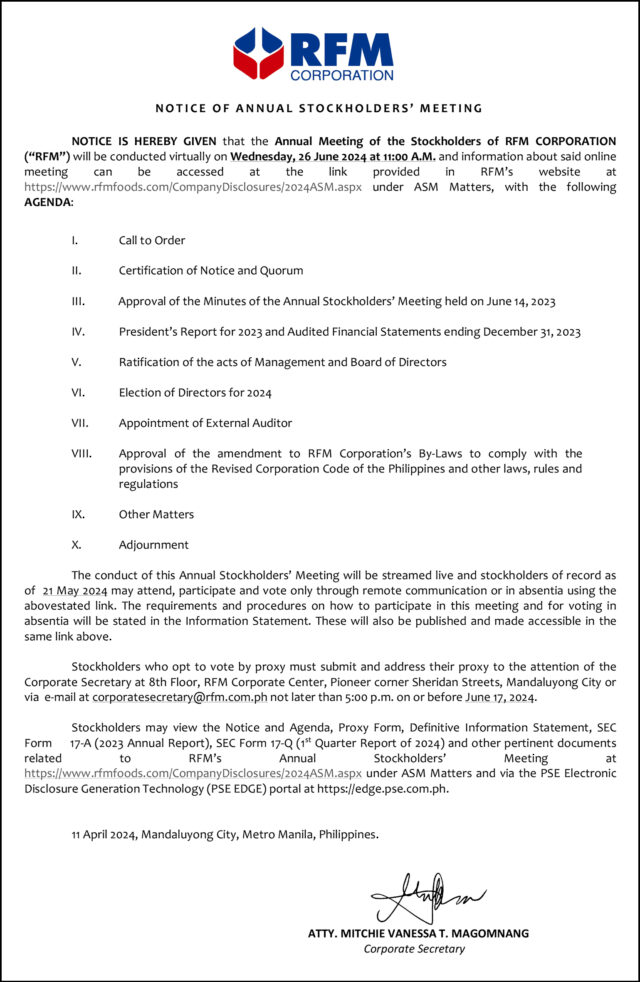Trust in e-commerce platform, merchants key to purchasing decisions of consumers

The volume of online fraud contributes to the lack of trust in the e-commerce system in the Philippines, Trade Secretary Alfredo E. Pascual stated.
“Given the volume of fraud online, it doesn’t come as a surprise that consumers base their purchasing decisions on how much they trust the e-commerce system in general and the online merchant in particular,” he claimed on Filipinos’ relationship with digital trade platforms.
According to Statista, Gen Zs and Millenials are the most common online shoppers in the country.
“Those aged between 25 to 34 years old accounted for more than 50 percent of online shopping and are members of the society earning highest among other working groups,” Statista elaborated.
In an interview during Shopee’s event last May 28, the company’s Regional Marketing Lead Huiyan Pan shared that “Gen Z is being digital native. I think they have lived and breathed this right from the get-go…. So they are the most discerning, they know what they want. And they, I guess, demand for the best experience.”
The online shopping platform showcased its new feature ‘COD Unbox: Return on the Spot’ that would allow shoppers to check their package or parcel before receiving the item.
“If you change your mind on something, you can very easily file for easy return. So that gives you peace of mind when you buy. For example, if you are getting COD and you’re missing a parcel, you can just check it before…you accept that. That gives you…peace of mind on Shopee. So these are the structural journeys that we want to create,” she added.
E-Commerce Roadmap
In the Department of Trade and Industry (DTI) discussion on the 2024 to 2028 E-Commerce Philippines roadmap last April 8, digital trade platforms were encouraged to strengthen the relationship of its users to promote inclusivity and innovation towards youth, women, persons with disabilities, and senior citizens.
“Our goal is to strengthen the trust between buyers and sellers. By achieving this, we can foster a more complex economic landscape, enhancing connections and establishing stronger relationships,” Mr. Pascual said.
He added that the e-commerce platforms, both from the government and private sectors, should represent a shift from “easy commerce” to “exciting commerce.
Republic Act No. 11967, or the Internet Transactions Act (ITA) of 2023 was also enacted to recognize and value the importance of e-commerce platforms in the digital economy to improve confidence in online shopping.
“I am confident that this law and the IRR will positively revolutionize e-commerce in the Philippines. By fostering trust in online transactions, we are creating more opportunities for high-quality and better-paying jobs,” the Trade Secretary mentioned in his speech last May 22.
ITA aims to guarantee:
- The protection of consumer rights and data privacy
- Encourage innovation
- Promote competition
- Secure internet transactions
- Uphold intellectual property rights
- Ensure product standards and safety compliance
- Observe environmental sustainability.
– Almira Louise S. Martinez













